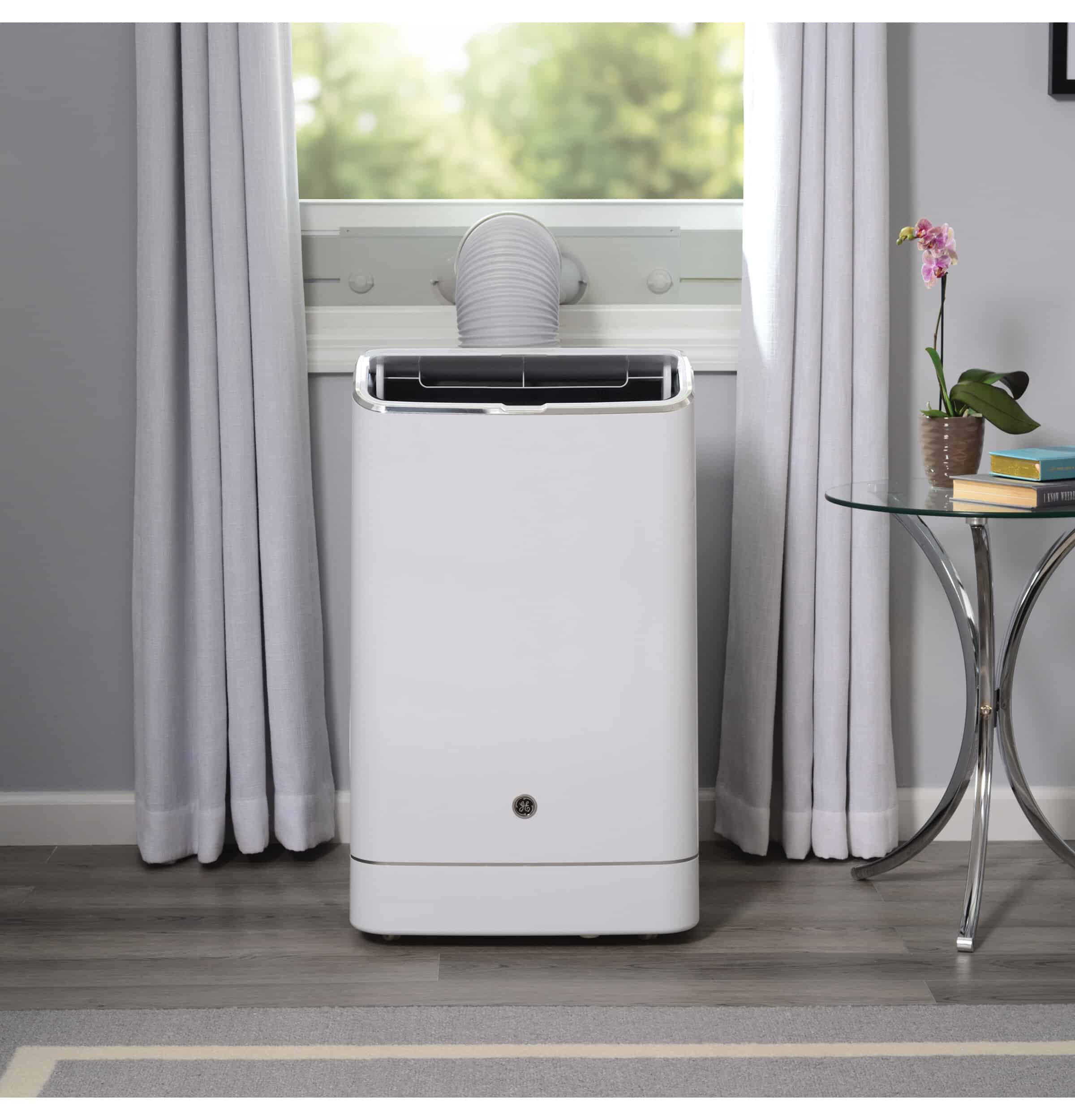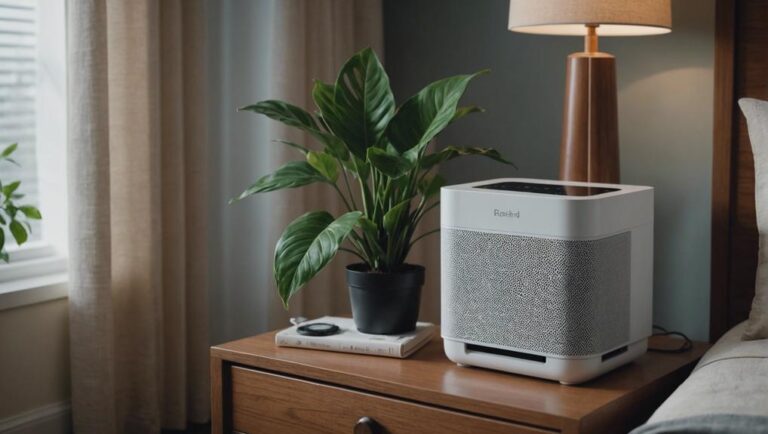Efficient Solutions for Venting Your Portable Air Conditioner Without a Window
As the temperatures start to rise, keeping your home cool and comfortable becomes a top priority. Portable air conditioners offer a convenient and affordable option for cooling smaller spaces like bedrooms or small living areas. However, venting these units is often an issue for many homeowners who lack access to windows or simply don’t want to compromise on window function or aesthetics.
Fortunately, there are efficient solutions available that can help you vent your portable AC without using windows. In this article, we will explore some of the best options for venting your portable AC unit without compromising on comfort or style in your home.
Using a Sliding Glass Door for Ventilation
One effective solution to venting a portable air conditioner without using windows is by utilizing a sliding glass door. This option offers many benefits, including easy installation and the ability to control the direction of airflow. Simply slide open the door slightly and position your AC hose through an opening in the screen or use a temporary sealant to keep bugs and hot air from entering.
Another advantage of using a sliding glass door for ventilation is that it allows for more natural light into your space while ventilating it simultaneously. With no need to rely on window function or aesthetics, you can easily install your portable AC unit and enjoy comfortable temperatures at all times. Additionally, this method can be helpful for those who live in areas where outdoor noise may enter through open windows or when houses are closely situated. In summary, consider utilizing your home’s sliding glass doors as an excellent solution for efficient ventilation with added benefits.
Installing a Vent Hose Through a Wall
When it comes to venting a portable air conditioner without compromising your windows, installing a vent hose through a wall is an effective solution. The first step is to choose the location where you want to install the vent hole on the wall and ensure that it’s clear of any electrical wires or pipes. Then cut a 4-inch diameter hole through both interior and exterior walls using a drill with a hole saw attachment.
Next, place an exhaust hood over the exterior end of the vent hole and secure it in place with screws. Connect one end of the flexible duct pipe to the back of your portable AC unit and thread it through the previously drilled holes until you reach the exterior opening. Finally, attach this end onto your exhaust hood using foil tape or clamps to create an air-tight seal. By properly insulating any gaps around your duct connection points with foam insulation strips, you can improve energy efficiency while keeping cool air inside.
Utilizing a Drop Ceiling for Exhaust
One efficient solution for venting a portable air conditioner without using windows is to utilize a drop ceiling. By installing an exhaust fan with a duct that leads to the outside, you can route hot air from your AC unit up into the ceiling and out of your home. This method offers numerous benefits, including reduced noise pollution as well as enhanced energy efficiency.
To install this system, you’ll need to find an area in your ceiling where you can attach the exhaust fan and create a hole for the ductwork. Once installed, simply connect the ductwork to your portable AC unit’s exhaust hose and turn on both devices when cooling is needed. With this easy setup, you won’t have to worry about compromising on window function or aesthetics while enjoying cool comfort all summer long.
Ducting Your Portable AC Unit Through a Chimney
Ducting your portable AC unit through a chimney is one of the most effective ways to vent hot air out of your home. It involves connecting a duct from the exhaust hose of your portable AC unit to the chimney, where it can be released outside. This method works especially well for homes with functioning chimneys that are not being used for other purposes.
However, it’s important to note that this method requires professional installation and may not be suitable for all types of chimneys. Before attempting this solution, consult with an HVAC professional who can evaluate your home’s specific needs and recommend the best possible course of action. With proper installation and regular maintenance, ducting through a chimney can help keep your space cool without sacrificing window function or aesthetics.
Venting Your AC Unit Through a Dryer Vent
Venting your portable air conditioner through a dryer vent can be a viable alternative for those who do not have access to windows. This method involves attaching the exhaust hose of your AC unit to the opening of an existing dryer vent, which directs hot air outside without interfering with window function or aesthetic. It is important to note that this option may require some DIY skills and modifications, as dryer vents are typically designed for smaller hoses than what comes with most portable air conditioning units.
One potential issue with this approach is that clothes dryers generate significant amounts of lint and debris that can accumulate in the ducts over time. This buildup can clog the vents and create fire hazards if left unchecked. To avoid such problems, it is recommended that you clean your dryer vent regularly and use compatible materials when installing the AC hose attachment. Additionally, you should ensure that you follow all local codes and regulations regarding ventilation systems before attempting any modifications or installations at home.
Creating a Ventilation System Using PVC Pipes
When it comes to creating a ventilation system for your portable air conditioner, using PVC pipes can be a cost-effective and easy solution. PVC pipes are lightweight, durable, and readily available at most hardware stores. To create your ventilation system with PVC pipes, you will need to measure the distance between where you plan on placing your AC unit and where you want to exhaust the hot air outside.
Once you have measured the distance and purchased your materials, simply connect the PVC pipe from your AC unit’s exhaust hose to the outside vent using elbow joints. This will allow for proper airflow while preventing any unwanted leaks or drafts. Remember to insulate the exposed sections of pipe with foam insulation tape or similar material so that there is no loss of cold air coming from inside your home through cracks within those areas of piping. With these steps in mind, creating a ventilation system using PVC pipes can be an excellent way to enjoy cool comfort indoors without compromising on window function or aesthetics.
Using a Portable AC Venting Kit for Maximum Efficiency
Using a portable AC venting kit is the perfect solution for maximizing the efficiency of your air conditioning unit. This type of kit can be used to exhaust hot air through various types of openings, including dryer vents or drop ceilings, without compromising safety or energy consumption. With proper installation and maintenance, a venting kit can significantly reduce energy costs and prolong the life of your portable AC unit.
When using a portable AC venting kit, it’s essential to follow manufacturer instructions carefully to ensure safe and efficient operation. Improperly installed ventilation kits can cause fire hazards, release toxic gases into your home, increase energy costs, or even damage sensitive electronic equipment nearby. Be sure to plan ahead before purchasing any ventilation systems and consult with an HVAC technician if you have any concerns about compatibility or installation procedures.







One Comment